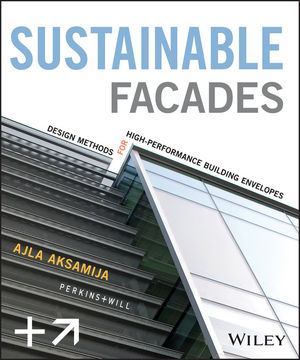In Scarborough, Maine, a long-awaited affordable housing development will soon bring much-needed independent living opportunities for adults with disabilities to one of the region’s fastest-growing hubs.
Set to rise within a dynamic 524-acre mixed-use community known as The Downs, this new 51-unit, fully accessible apartment building is designed by architecture and interiors firm The Architectural Team for supportive housing provider 3i Housing of Maine and national affordable housing advocate Preservation of Affordable Housing.
Highlights of the recently debuted design – which passed a major milestone in June in receiving unanimous approvals from the Scarborough Planning Board – include an energy-efficient Passive House approach, a focus on Universal Design and adaptability, and the utilization of innovative smart-home technologies, such as voice-controlled heating and cooling, lighting, window coverings and security that facilitate independent living.
A public celebration and a vision tour gallery of the project’s design was held on Saturday, June 17, at the Adaptive Outdoor Education Center in Brunswick, Maine, including a preview of the technology that makes the new community possible for people with disabilities and those unable to perform activities of daily living.
About the Project
Intended to serve both individuals with mobility impairments/physical disabilities and families in which at least one member is disabled, this community will help fill a critical regional housing gap in affordable and accessible residences, according to the development and design team. Rents are anticipated to range between $1,200 and $2,200 for the one-, two- and three-bedroom units. In addition to the private rental apartments, the project will feature a common living area for social activities, a designated workspace for service coordinators, and a mobility and assistive technology hub. Bathrooms, kitchens and all living areas will be barrier-free, and the entire building will be wired for adaptable environmental controls and smart home functionality.
“Accessible community-based supportive housing empowers people to live independent lives and more fully engage with their communities,” said Paul Linet, founder/CEO of 3i HoME. “Our focus is on providing innovative, independent and integrated housing, and this project’s state-of-the-art approach uses smart technologies that allow people to control their environment and complete daily activities independently, reducing their risk of early institutional placement and advancing diverse, active communities.”
According to TAT, which is a longtime collaborator of POAH and is recognized as a national expert on Passive House design and affordable and supportive housing, the Passive House construction will also benefit residents at the 3i HoME project by improving the indoor air quality for a healthier living environment. Beyond that, the ecologically sound approach will lower the operating costs through an emphasis on passive solar design, high-performance windows, highly efficient heating and ventilation systems, and other sustainable elements.
“Buildings that utilize Passive House and Universal Design principles offer advantages for everyone and create a sensitive community that promotes healthy living,” said TAT principal Gary M. Kane, AIA, NCARB, LEED AP. “As architects, we continually seek new methods of design that help improve access to the built environment and offer holistic benefits to the residents with the aim of improving overall wellness, comfort, accessibility, development of interpersonal relationships and enjoyment.”
Construction on this innovative, affordable, accessible independent living community is anticipated to begin in 2024 with the aim of welcoming residents in 2025.









